Poland’s tourist trail tends to run from Krakow’s cobblestone medieval squares to Warsaw’s restored old town, but the country’s most compelling stories occur in places that guidebooks barely acknowledge. These non-traveler locales have centuries of subtle history coupled with humble modernization that is in keeping with their original character. From crumbling fortresses taken over by artists to villages where old crafts continue unhindered, these locales give a glimpse into a Poland that’s well removed from souvenir shops and camera-wielding tourists.
Here are 20 off-the-beaten-path locations scattered throughout Poland’s less touristy regions, revealing the country’s real nature.
Hel Peninsula’s Fishing Village Time Capsule
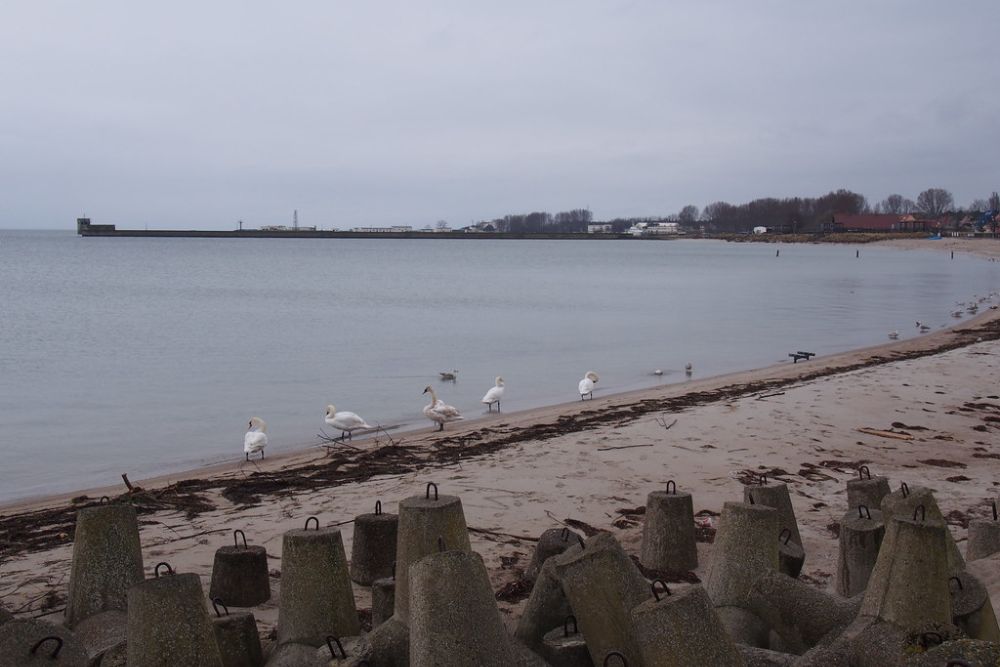
This narrow finger of land jutting out into the Baltic Sea is a step back 50 years to when fishing had long ruled the seashore economy. Prehistoric wooden vessels continue to launch from beaches where families had cultivated the same waters for centuries.
Jastarnia village maintains a leisurely pace of life despite holiday tourists, with local fishermen unloading their catch directly off weathered wooden stalls.
Bieszczady Mountains’ Wolf Watching Hideouts
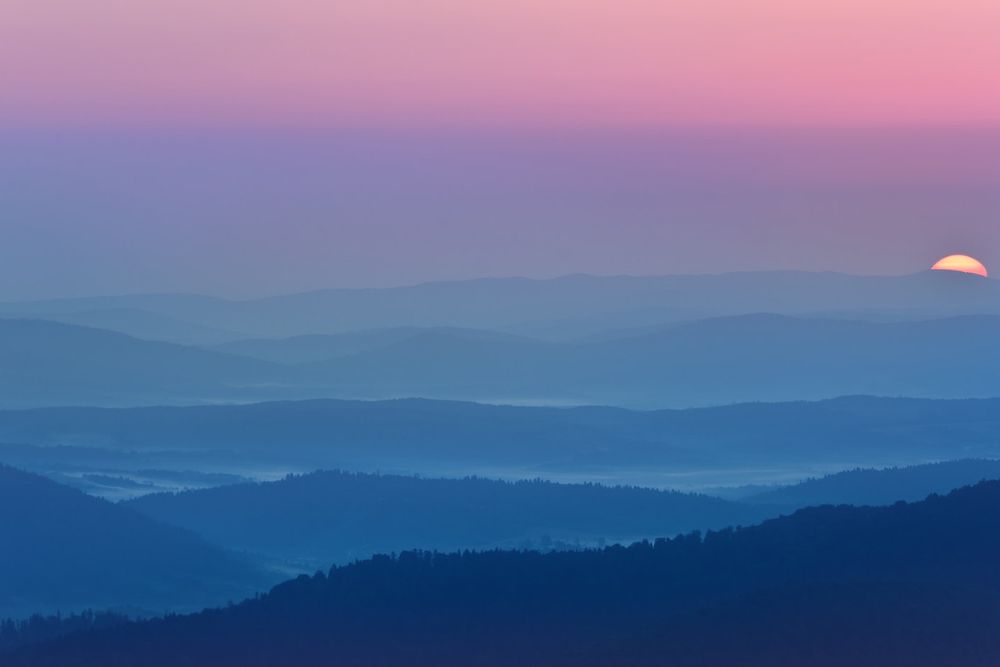
Poland’s remotest mountain range is home to the greatest number of wolves in Central Europe, yet few backpackers ever reach the secluded valleys where these predators reside. Overnight tracking expeditions with village mountain guides bring outsiders into the sequestered valleys for a sampling of wildlife watching and a glimpse of bygone Carpathian existence.
The adventure requires respect for nature and patience, but yields an undeniably wild experience.
Like Travel Pug’s content? Follow us on MSN.
Mamerki Bunker Complex Underground Labyrinth
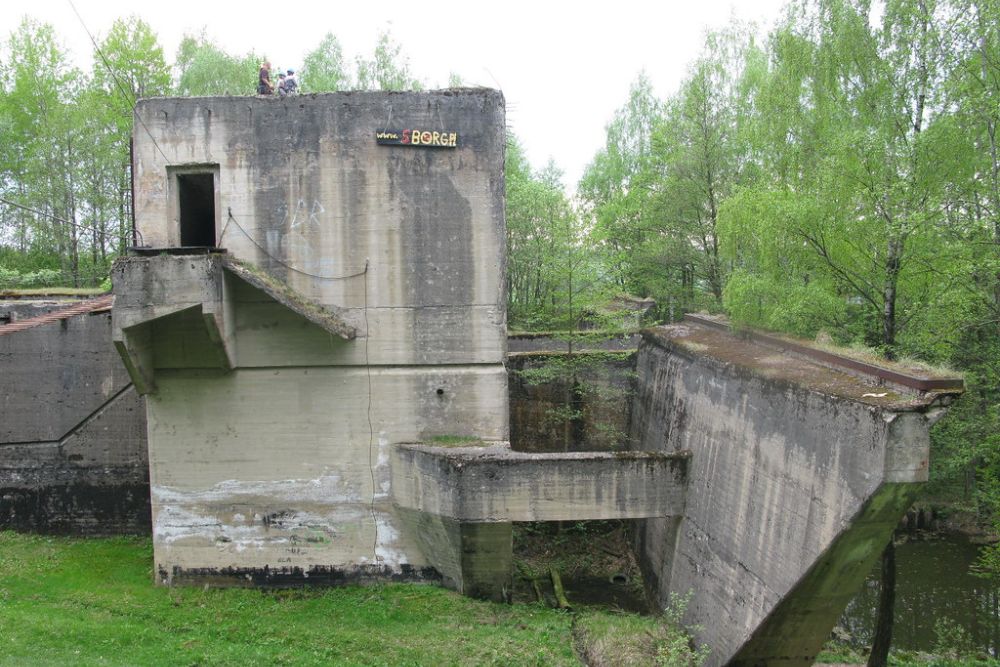
This colossal Nazi fortress system remains largely unexplored despite being among the biggest military subterranean complexes in Europe. Miles of concrete tunnel connect command centers, barracks, and ammunition storage facilities that have been gradually accessible to thrill-seeking tourists.
The complex offers a sobering history of wartime engineering, but it’s also an out-of-this-world experience.
Augustów Canal Historic Waterway
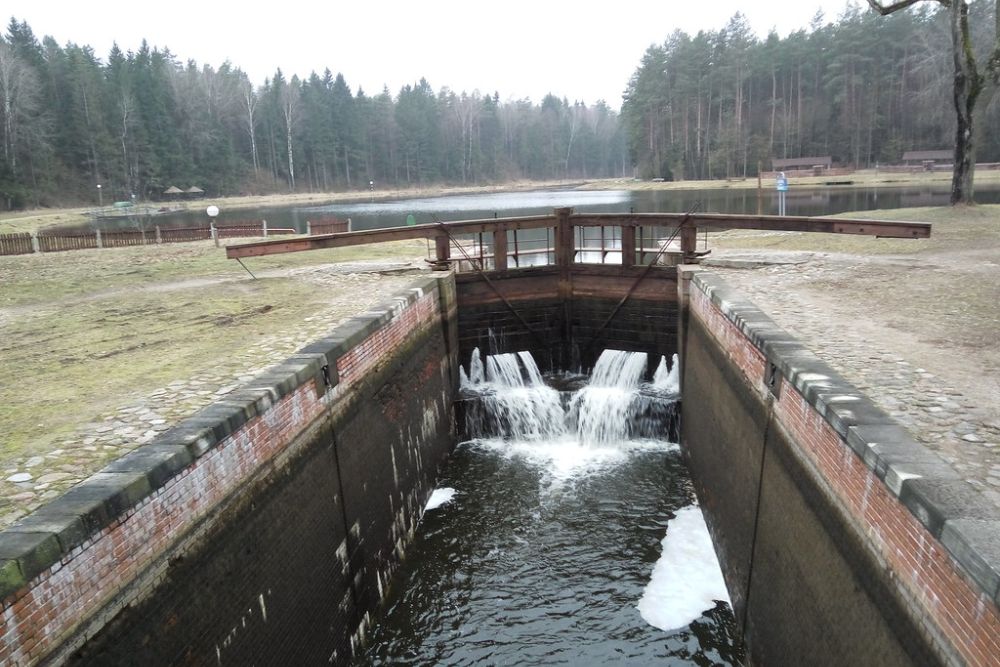
Built in the 1820s to connect the Baltic and Black Sea trade routes, this engineering marvel now offers peaceful boat journeys through pristine wilderness. The canal system includes original locks, bridges, and keepers’ houses that operate much as they did two centuries ago.
Local boat operators provide tours that combine historical explanation with opportunities to spot beavers, elk, and rare birds.
Zakopane’s Highland Village Crafts Quarter
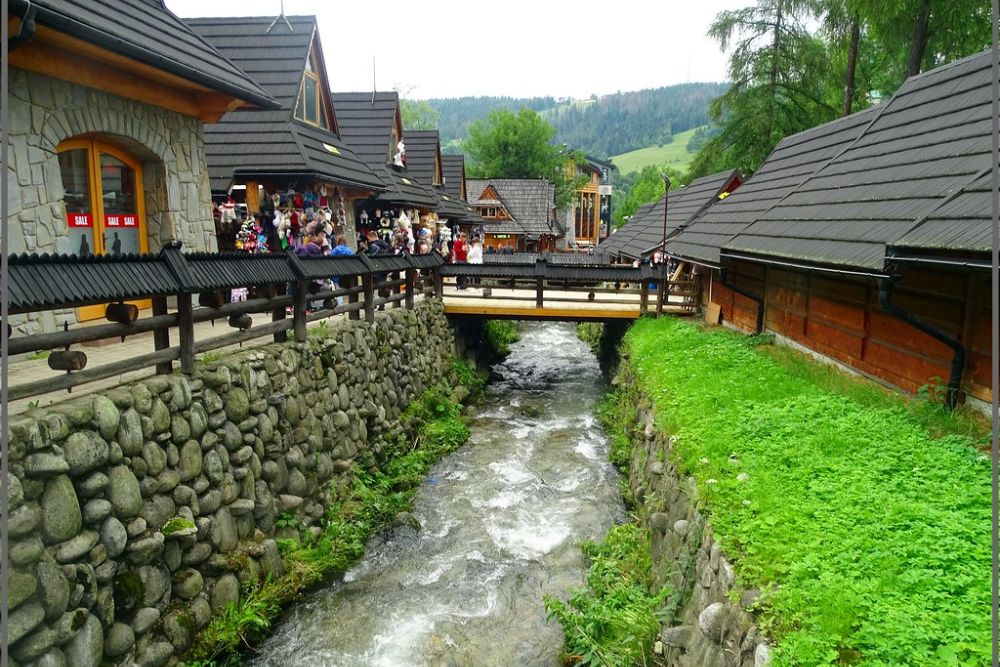
While tourists swarm Zakopane’s main promenade street, indigenous woodworkers and metalworkers continue their craft in basement workshops tucked away in residential streets. From complex furniture to elaborate metalwork, they produce all their pieces using techniques handed down through generations of Highlanders, most welcome tourists who show an interest in learning Highland traditions.
Like Travel Pug’s content? Follow us on MSN.
Hidden Bunkers at Westerplatte Memorial
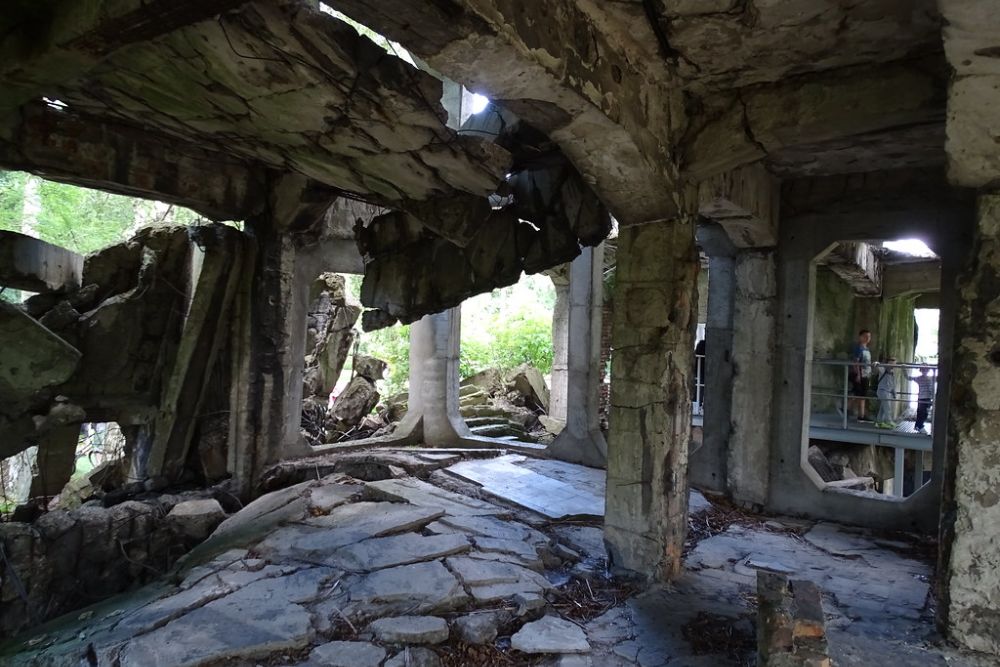
In addition to the famous World War II remembrance monument, the peninsula has dozens of concrete bunkers and fortifications scattered across pine woods. Trails connect these points of interest, but the majority of visitors overlook the less prominent installations, which provide individual insights into the desperate fighting that Polish troops put up.
The wooded surroundings create a contemplative atmosphere, reminding tourists of wartime losses.
Sandomierz Underground Tourist Route
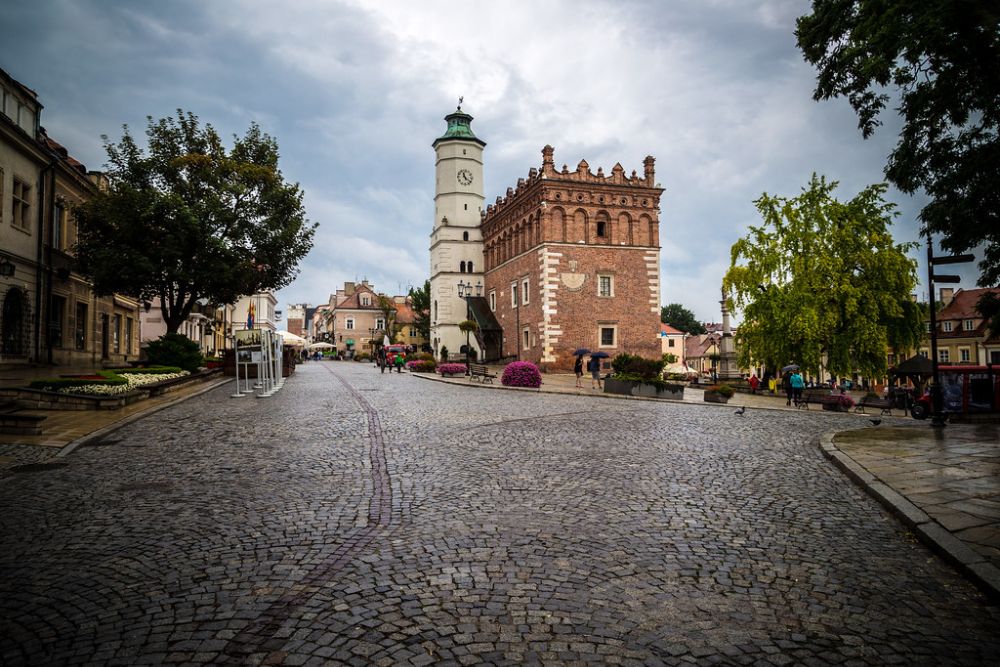
This medieval town is situated above a network of underground tunnels that connected merchant houses, protected individuals during invasions, and warehoused goods in cold winters. Miles of underground tunnels beneath the ancient center of Rome constitute a secret city that very few individuals on the surface ever become aware of.
Guided tours reveal architectural elements and ancient objects preserved in the cool, dry air.
Białowieża Forest Ancient Grove Sanctuary
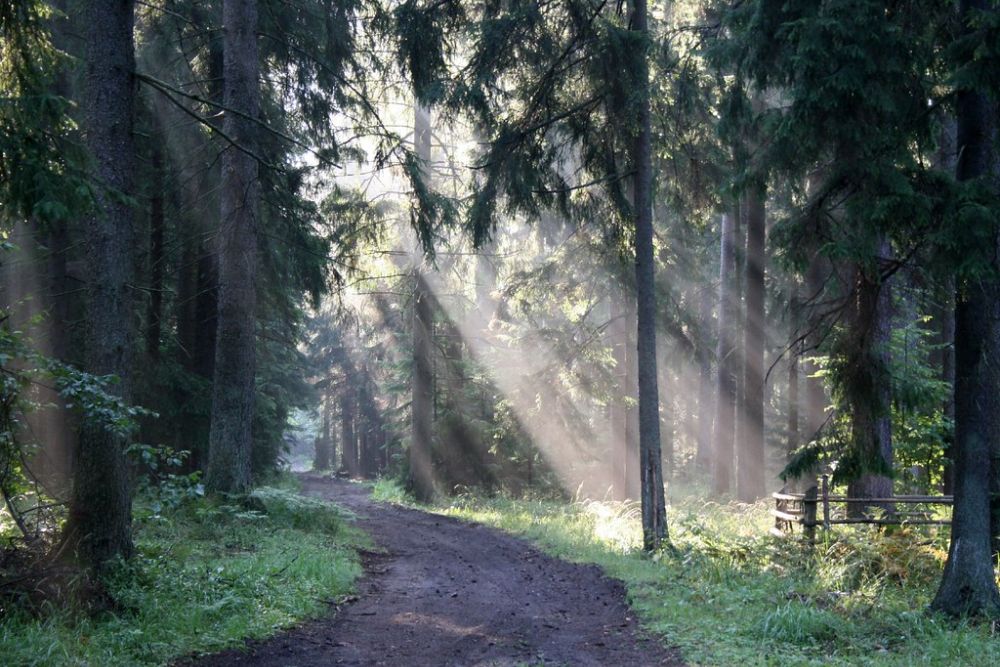
While tour groups focus their interests on the famed bison sanctuary, the most magical parts of the forest are walking into old-growth areas where 500-year-old oak trees stand tall over hikers. The old groves, which supported centuries-long hunting parties of European royalty, now house unique flora and fauna not found anywhere else.
Early morning treks tend to reveal elk, wild boar, and dozens of bird species in a free-roaming environment.
Like Travel Pug’s content? Follow us on MSN.
Frombork Cathedral Copernicus Observatory
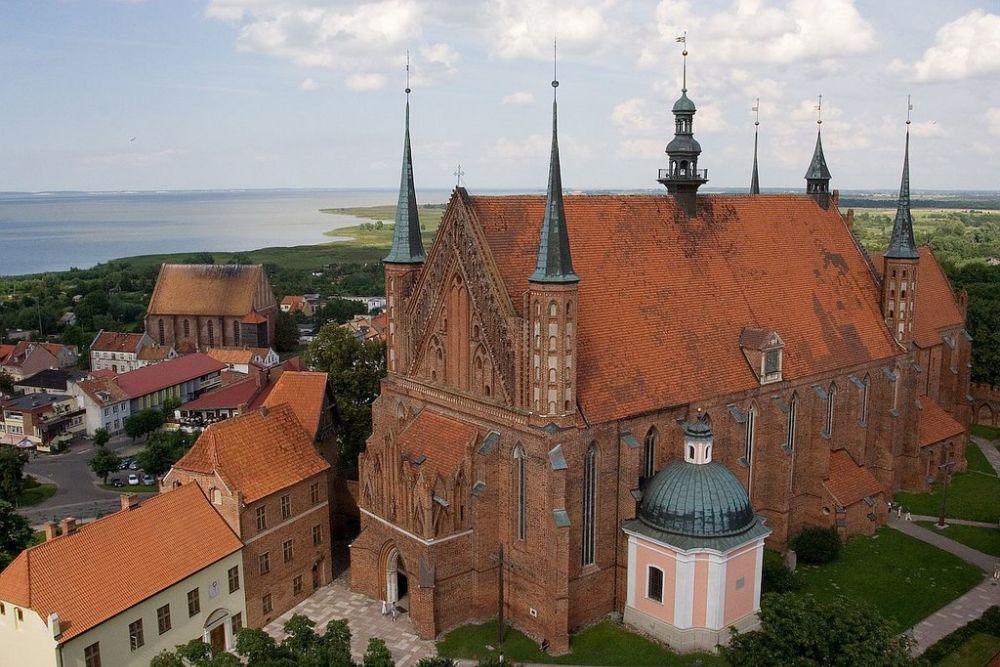
This seaside town’s cathedral houses the workshop where Nicolaus Copernicus developed his revolutionary astronomical concepts; the real gem, though, is the reconstructed medieval observatory in the bell tower. Visitors can practice with instruments of the day to observe celestial motion as they learn how Copernicus challenged traditional scientific knowledge.
The intimate atmosphere provides a personal connection to one of the greatest intellectual wonders ever.
Ojców National Park’s Hidden Cave System

Other than popular castle remains, this little national park boasts dozens of caves available for intrepid travelers who will slither through narrow passages. The underground chambers feature formations that evolved over thousands of years, and are home to rare cave dwellers and bats.
Small groups are led by local guides through tunnels that require headlamps and warm attire to navigate the narrow passages.
Gdańsk Shipyard Monument District
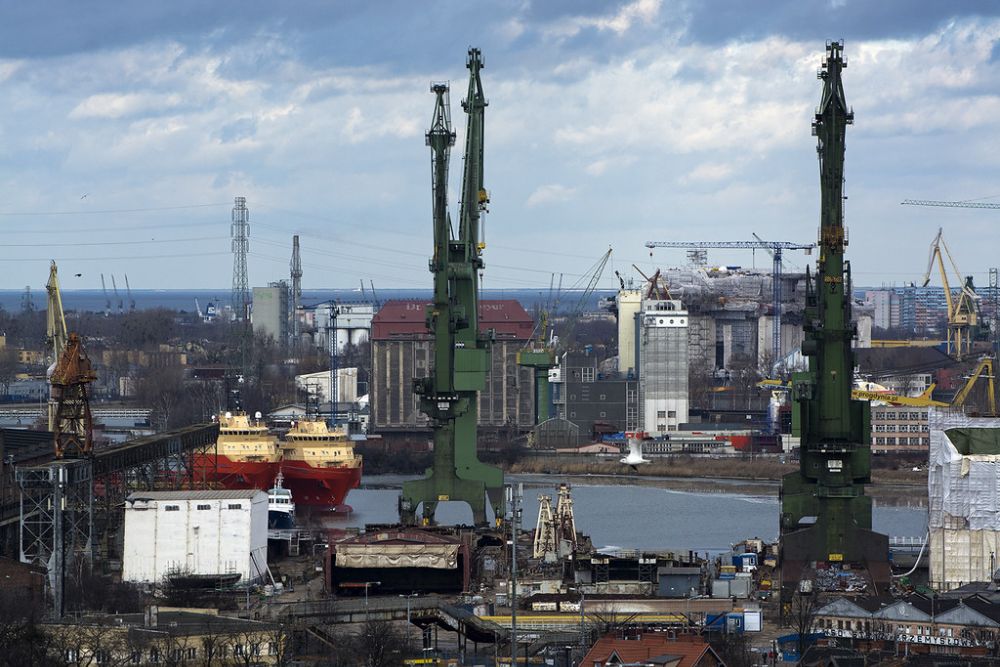
The birthplace of Poland’s Solidarity movement still retains an industrial character, but it has repurposed old shipyards as cultural complexes. Converted warehouses hold art studios, theaters, and ateliers where tourists learn about maritime culture and political activism.
The neighborhood has a genuine blue-collar atmosphere, commemorating the nonviolent revolution that overthrew the communist state.
Like Travel Pug’s content? Follow us on MSN.
Pottery Villages of the Kaszuby Region

The Lakeland region, north of Gdańsk, retains traditional ceramic crafts in small villages where generations of families have worked with clay. Workshops welcome visitors who wish to learn hand-building techniques or paint ceramics in traditional Kashubian designs.
Rural quietness offers the opportunity to observe how traditional crafts respond to demands from the modern economy while preserving cultural heritage.
Lublin Old Town’s Renaissance Quarter
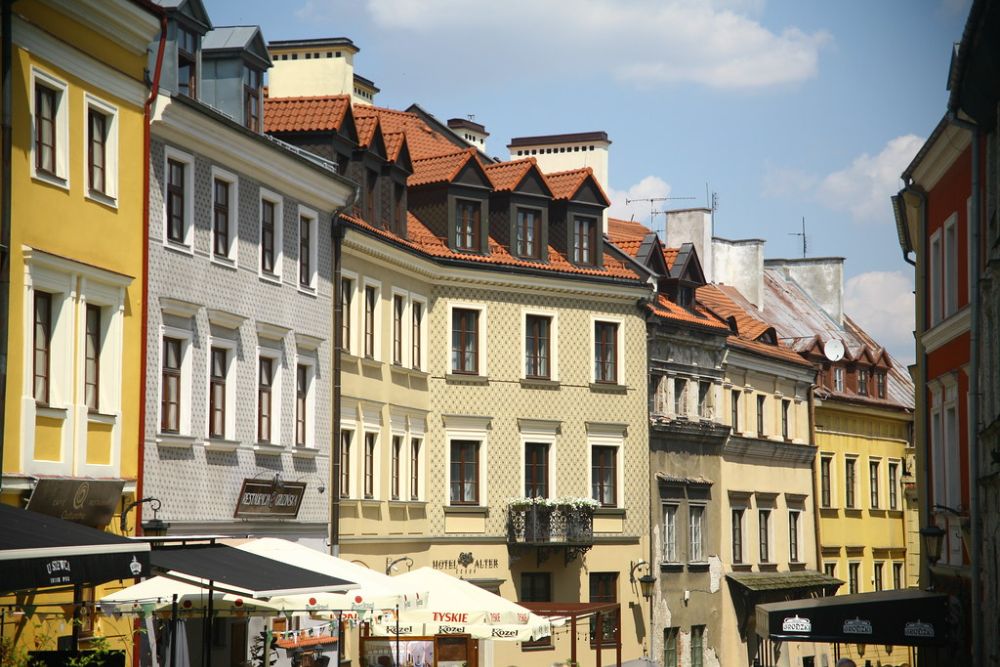
While all the limelight is concentrated on Kraków, Lublin’s old town has equally beautiful architecture with much less fuss. Intimate courtyards give way to frescoed walls, carved doorways, and Renaissance ornamentation, which survived centuries of political strife.
Local guides offer walking tours that put into perspective how this border town influenced relations between Poland, Lithuania, and Ukraine throughout the medieval and early modern periods.
Tatra Mountains’ Shepherd Huts Circuit
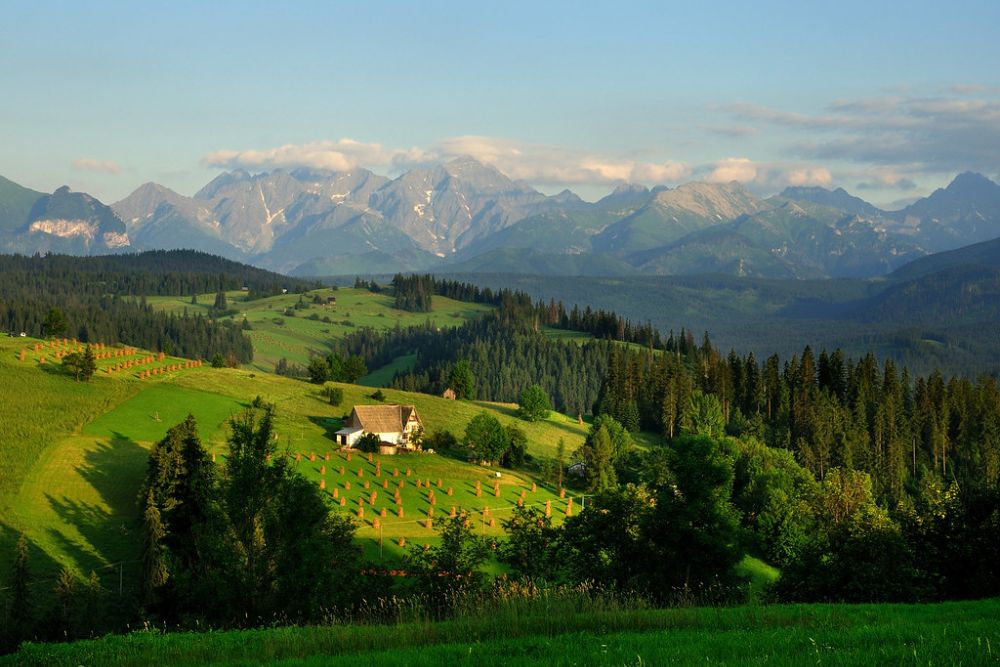
Alpine mountain meadows continue to support traditional sheep farming, employing methods unaltered for centuries. Trails connect working shepherd cabins where visitors may observe cheese-making, woolworking, and other highland crafts.
Shepherds share bread and stories of life in the mountains as they explain how climate change affects traditional grazing patterns.
Like Travel Pug’s content? Follow us on MSN.
Wrocław’s Ostrów Tumski Cathedral Island
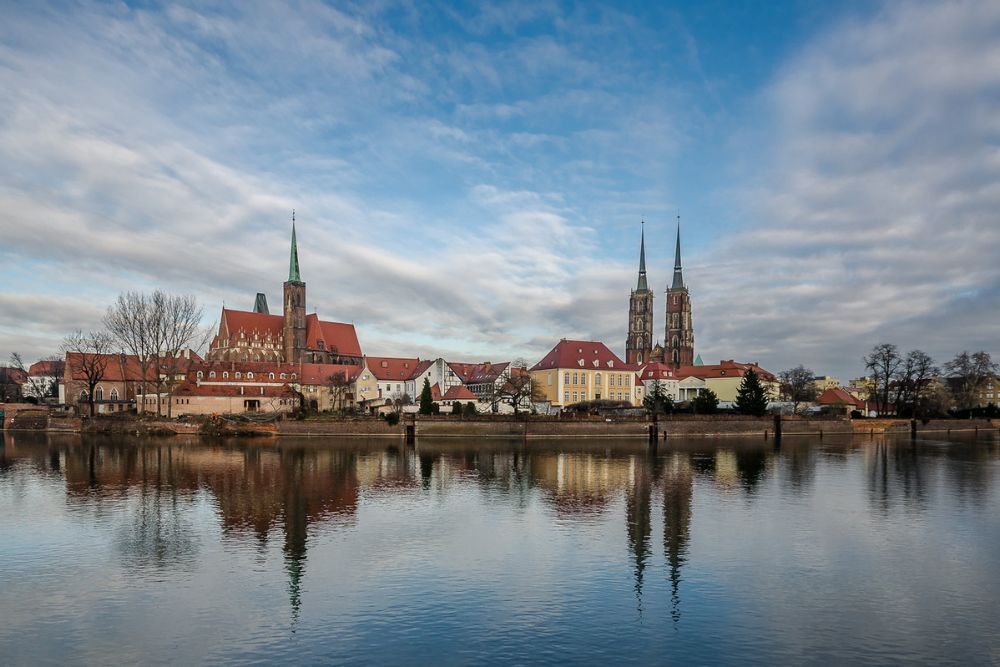
This island river is home to Wrocław’s most ancient suburb, where Gothic churches and medieval buildings offer a distinct atmosphere, separate from the city’s famous market square. Nighttime walks reveal gas-lit streets and centuries-old traditions that continue despite urbanization around the island.
The area retains religious significance, offering a peaceful respite from urban energy.
Masuria’s Abandoned German Villages
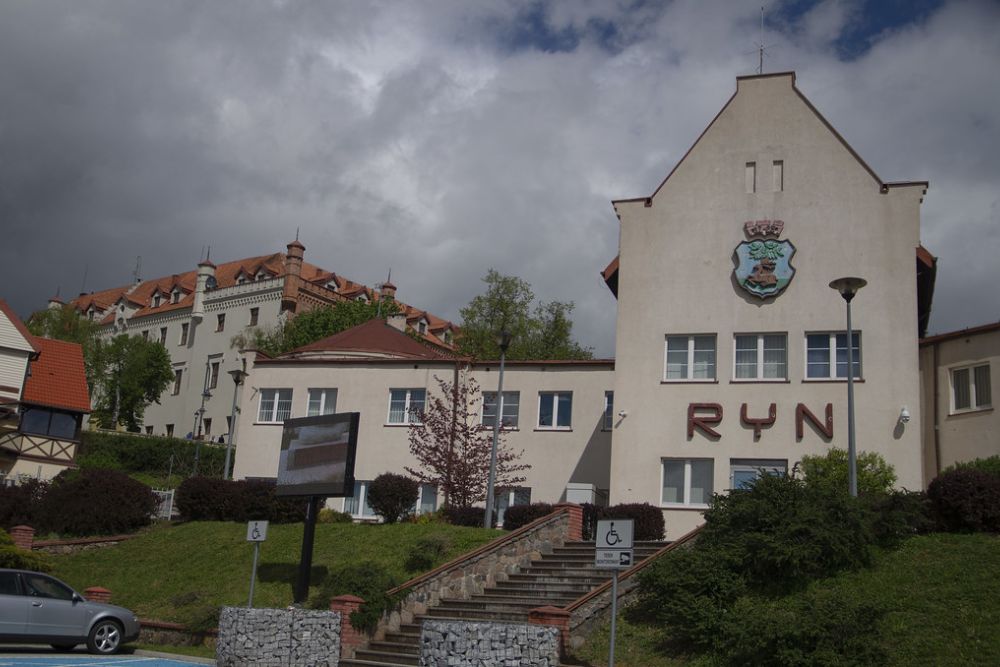
The Lake District’s forests conceal hundreds of deserted villages abandoned after the post-World War II population movements. Rotting foundations, derelict cemeteries overgrown by nature, and fruit trees that have claimed the land are echoes of overnight-vanished villages.
Local historians offer dignified discovery tours that deconstruct complex population movements, prompting reflection on displacement and remembrance.
Słowiński National Park’s Moving Dunes
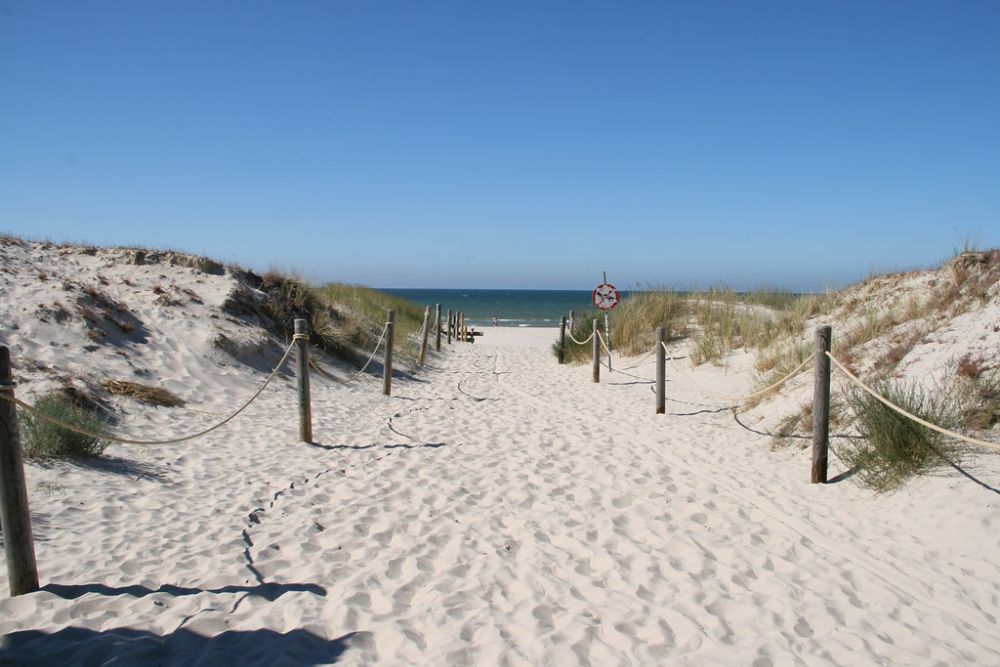
These enormous sand structures travel a couple of miles annually, creating a constantly reshaping desert landscape that is immense in scale. The dunes blanket and expose forests in a repeating pattern, creating surreal landscapes of dead trees protruding from oceans of sand.
One can walk through the structures to catch a glimpse of the forces of nature, while also having opportunities to observe unusual birds and vegetation that have adapted to shifting environments.
Like Travel Pug’s content? Follow us on MSN.
Przemyśl’s Fortress Ring Defense System
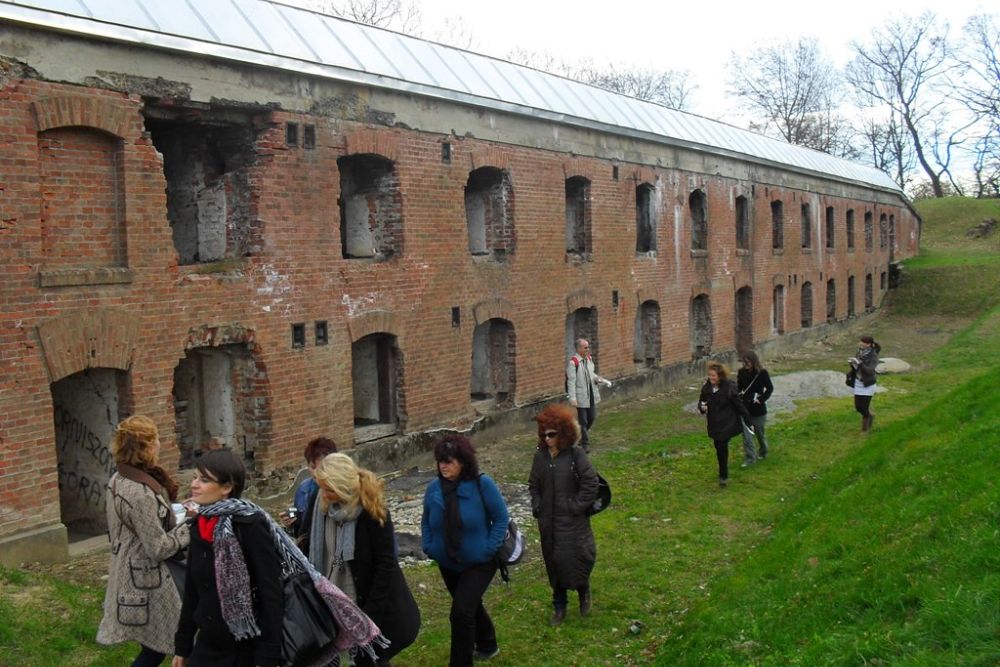
This border town’s Austrian-era defense comprises one of Europe’s most intact 19th-century defense systems, featuring a network of interconnected underground tunnels and communication systems. The majority of installations are yet to be explored by tourists despite their historical importance and architectural significance.
Local military history buffs offer guided tours that illuminate defensive positions alongside remarkable engineering prowess.
Sudeten Mountains’ Glass-Making Villages
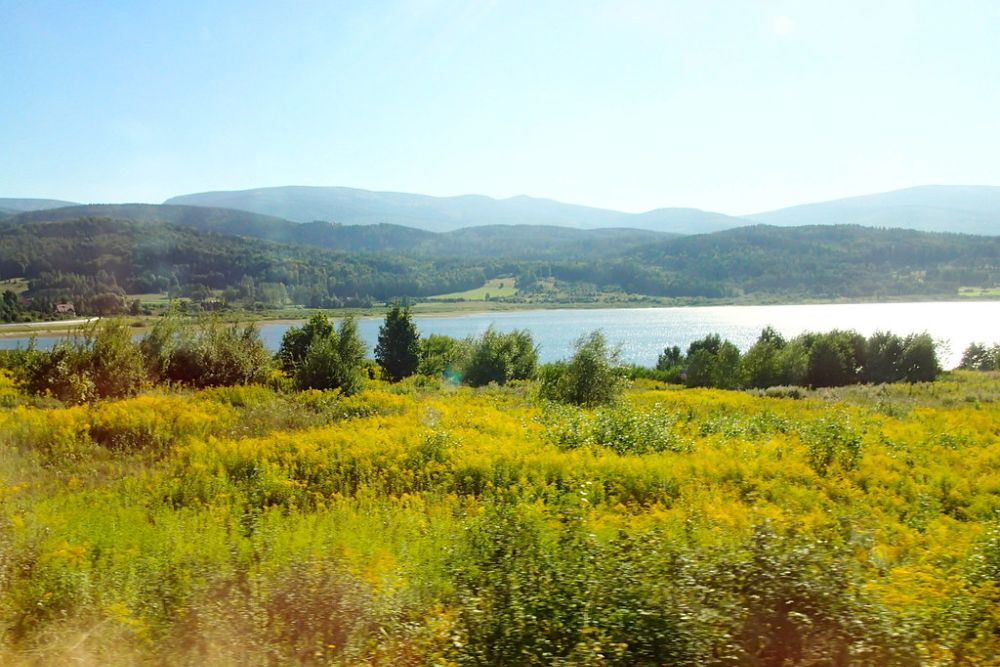
Small mountain villages continue to operate conventional glass factories, where hand-blown products are created using techniques developed during the Germanic settlement periods. Stores open to tourists interested in observing or learning the fundamentals of glasswork from expert craftsmen.
The combination of mountain scenery and artisan heritage creates unique cultural activities that are reflective of the region’s diverse ethnic heritage.
Bug River Wetlands Wildlife Refuge
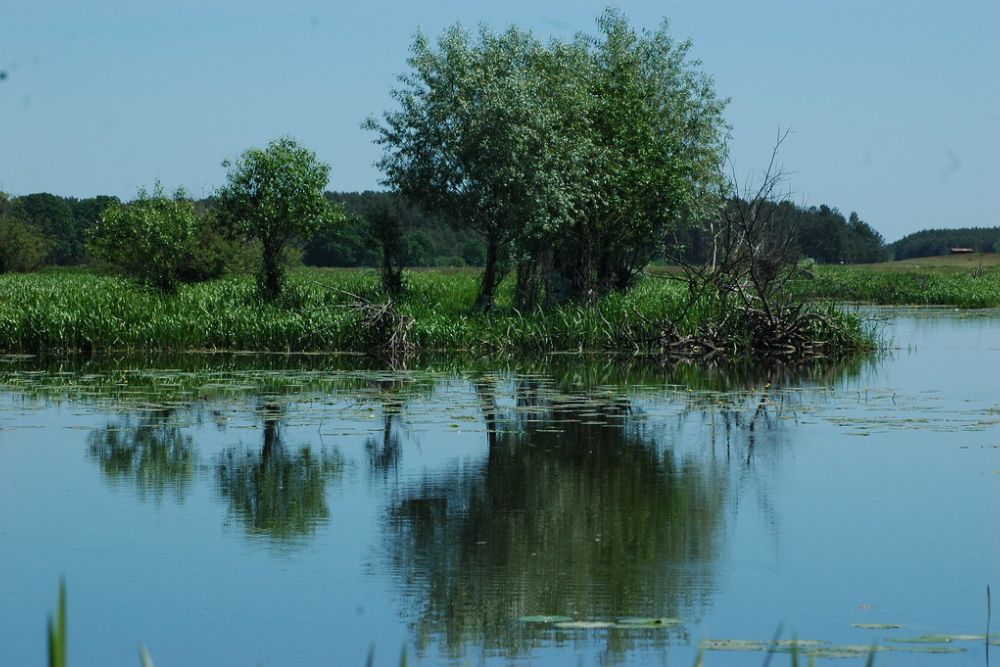
This border area in the east supports enormous wetland habitats that provide critical habitat for migratory birds and threatened mammals. Canoe excursions on channels and reed beds reveal a wildlife diversity to equal that of famous European nature reserves.
Conservation efforts are explained by local guides while pointing out species that depend on these virgin wetlands to survive.
Like Travel Pug’s content? Follow us on MSN.
Where History Sleeps Beneath Modern Life
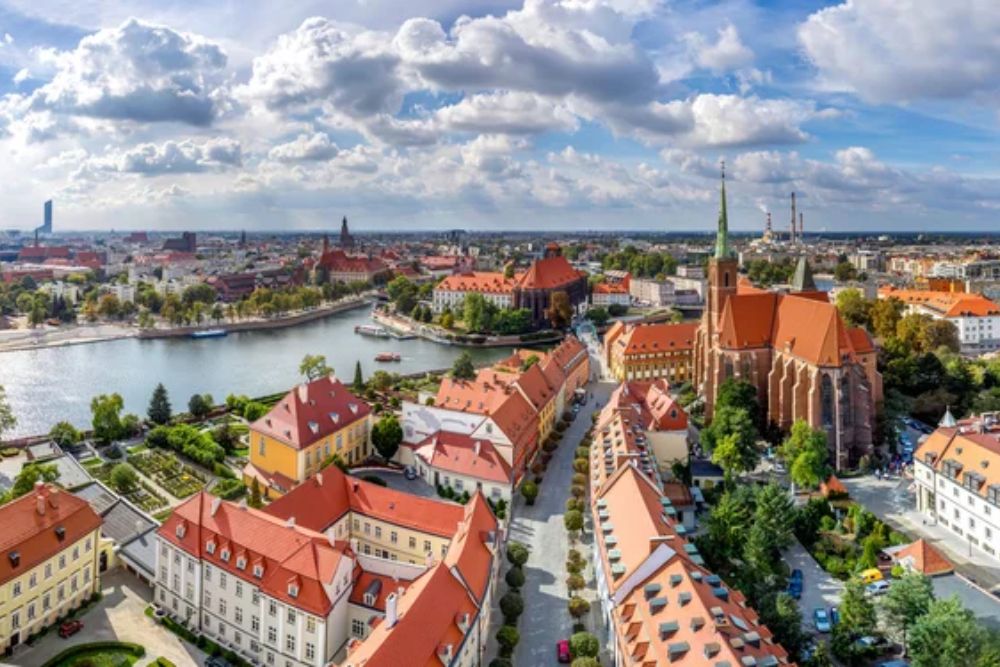
These neglected corners are evidence that the most compelling stories about Poland happen away from the tourist trail, in places where history is tangible rather than pre-digested for the masses. Its stratified history has created a culture that is worth slowly unraveling, and its landscapes provide havens in which evolutionary lifeways continually reinvent themselves.
Discovering these secret treasures requires curiosity and respect for local cultures that’ve kept genuine traditions alive in the face of economic and political forces. Poland’s neglected corners remind us that meaningful travel occurs when we prioritize understanding over collecting experiences, allowing forgotten people to share their stories on their terms.
More from Travel Pug

- 20 Best Beach Towns in the Carolinas
- 13 Destinations Where Tourists Regularly Regret Their Trip
- 20 Things You Actually Get in First Class
- 20 Small Airports With Aviation Museums
- 20 Places in the U.S. That Are Perfect for a Reset Trip
Like Travel Pug’s content? Follow us on MSN.
